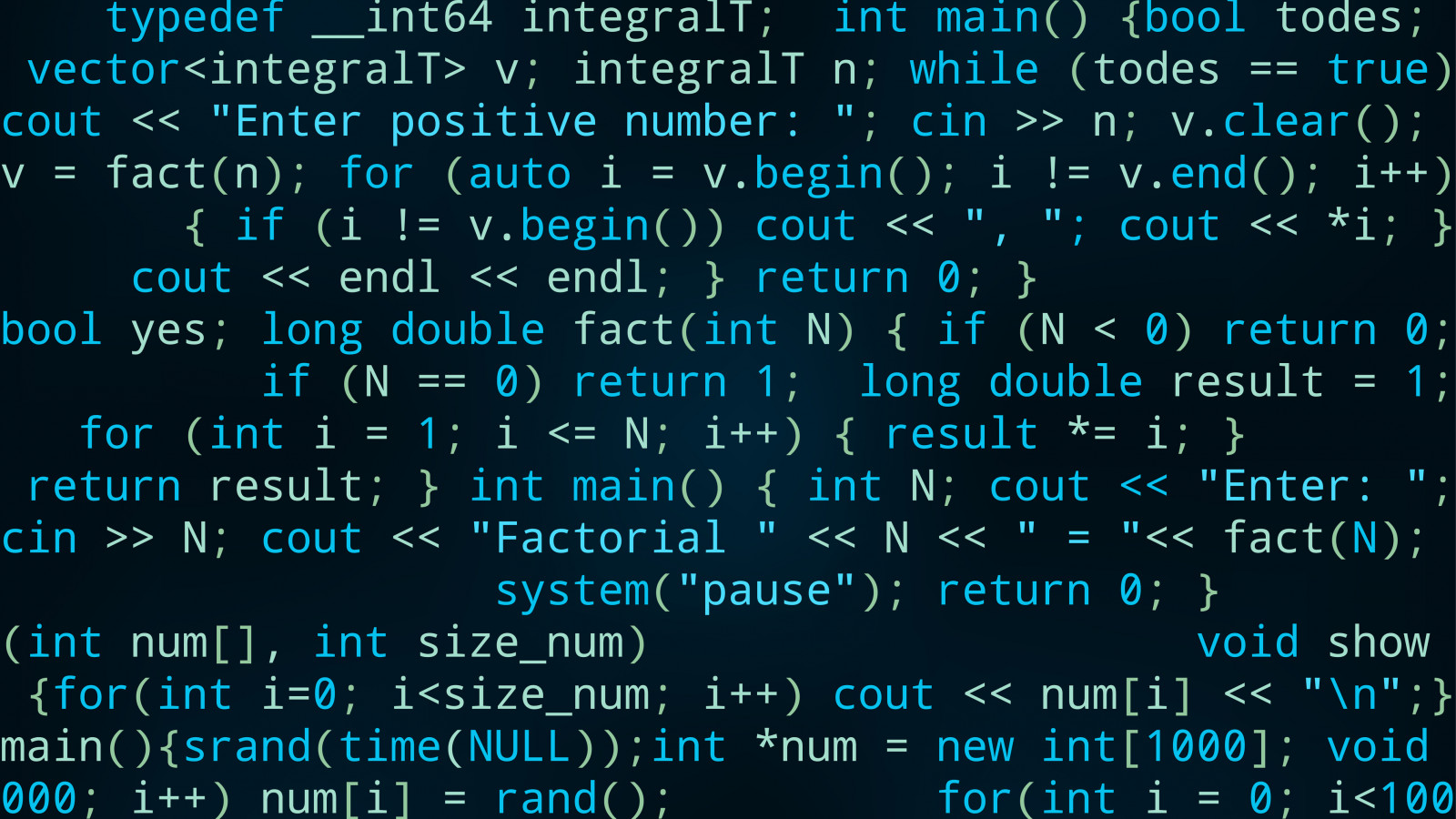With more than 30 years of experience in consulting, we want to shape the future together with you. We feel particularly at home in the insurance and public service sectors. But small and medium-sized companies also benefit from our expertise and professionalism.
Quality, passion and competence characterize the work of our employees in all areas of the company.

If you develop software, want to introduce it or are responsible for it in your company, you probably know this feeling: The new application is supposed to simplify processes, save time and make your life easier - but what if errors in the system have exactly the opposite effect?

Imagine you start your computer in the morning, open your software - and everything runs smoothly. No error messages, no unexpected failures, no "We have to update the system first" blockers. Sounds good, doesn't it? Unfortunately, everyday life often looks different

Digitalization is no longer a foreign concept in public administration - and yet many processes still feel like they used to: piles of paper on desks, duplicate data entry, long processing times. At the same time, citizens expect fast, digital services - preferably around the clock. This is exactly where artificial intelligence (AI) can make a real difference.

Today, IT is far more than just technical infrastructure - it is the backbone of every modern company. But while technologies are developing rapidly, many organizations remain stuck in old structures.

The Financial Data Access Regulation (FiDA) is one of the central elements of the European Union's Digital Finance Strategy. As part of the European digital strategy, FiDA supports the transition to open finance and promotes a data-driven approach in the financial sector. It creates a new framework that standardizes, expands and secures access to financial data.

Good UX writing is not a question of talent or intuition - but the result of conscious decisions. Words in the interface fulfill a clear purpose: they should provide orientation, create trust and make the next step easy. Here are 20 tips to help you improve your UX writing!

Hast Du schon einmal ein Video gesehen, das Dich emotional total gepackt hat – nur um später zu erfahren, dass es gar nicht echt war? Oder eine Nachricht gelesen, die sich im Nachhinein als gezielte Falschinformation entpuppt hat? Dann hast Du bereits erlebt, was Medienmanipulation heute bedeutet.

Design is much more than color, form and layout. Content is just as important, because the design and function of texts on the web have a significant influence on the user experience. Language is an equally important design element - it guides, directs, informs and ultimately decides whether people act or abandon a digital product.

Artificial intelligence is no longer a topic for the future - it is already changing the way we work, communicate and make decisions. There are now a whole host of tools available, making the choice increasingly complex. But which model is best for which task?

In software development, UX design or marketing, we are often faced with a central question: "Who are we actually doing this for?" Of course, for our customers! But anyone who is satisfied with this answer will probably fail with their project!

Every successful app on your smartphone, every complex business software and every interactive website follows an invisible blueprint. But how does a simple idea become a functioning digital product?

Design often determines whether users remain loyal to a digital product or abandon it. UX/UI design encompasses far more than just visual design. The aim is to develop a product for a clearly defined target group that is functional, easy to use and clearly structured - and optimally supports the user in their various life situations.

Everyone is talking about it, but do you know what's behind it? What exactly is artificial intelligence? We want to answer this question today. First of all, the topic is extensive, so you'd better grab a coffee!

Do you know this? Everyone in the team works diligently - but in the end there is no common focus. This is exactly where OKR comes in: Objectives and Key Results help you to set measurable goals that really count.

In a world in which a photo no longer shows what really happened - but what someone wants you to believe - reality and falsification are becoming increasingly blurred. The targeted dissemination of misinformation in the form of manipulated images is making it increasingly difficult to perceive the truth.

AI but how? This is exactly where our professional AI consulting comes in: It creates clarity in the technology jungle, identifies potential and supports companies from the initial idea through to implementation.

Whether it's an app, website or complex software: if the design isn't right, users will stay away. In our guide, you'll learn the 8 golden rules for better UI/UX design - plus the clever 6-3-1 rule to help you tame complexity, create clear structures and keep your team on track.

Bildmanipulation war noch nie so einfach wie heute. Mit nur wenigen Klicks lassen sich aus gewöhnlichen Fotos täuschend echte Fälschungen machen – mal zum Spaß, mal aus bitterem Ernst. Häufig steckt hinter der Bearbeitung eine klare Absicht, etwa um gezielt zu täuschen oder bestimmte Reaktionen hervorzurufen.

Künstliche Intelligenz (KI) verändert die globale Wirtschaft und auch deutsche Unternehmen stehen vor der Herausforderung, Prozesse mit KI zu optimieren. Studien zeigen, was jedem längst klar ist: KI-Tools sind auf dem Vormarsch!

Lightning-fast in the cloud: Quarkus' Native Build not only enables Java applications to be compiled with better performance, but also to be cloud-ready - without a great deal of effort.

Code alone is not enough - without clear and structured documentation, even the best software quickly becomes a black box. Whether for developers, testers or future team members: documentation creates transparency.

Faster testing, better development - we show why prototyping is indispensable in software development. In software development, it's not just what is built that counts, but how quickly and efficiently ideas are made tangible.

Successful software doesn't start with code - it starts with clear requirements. Requirements management turns ideas into concrete goals and needs into robust specifications. In this article, we show why clean requirements engineering is the key to project success.